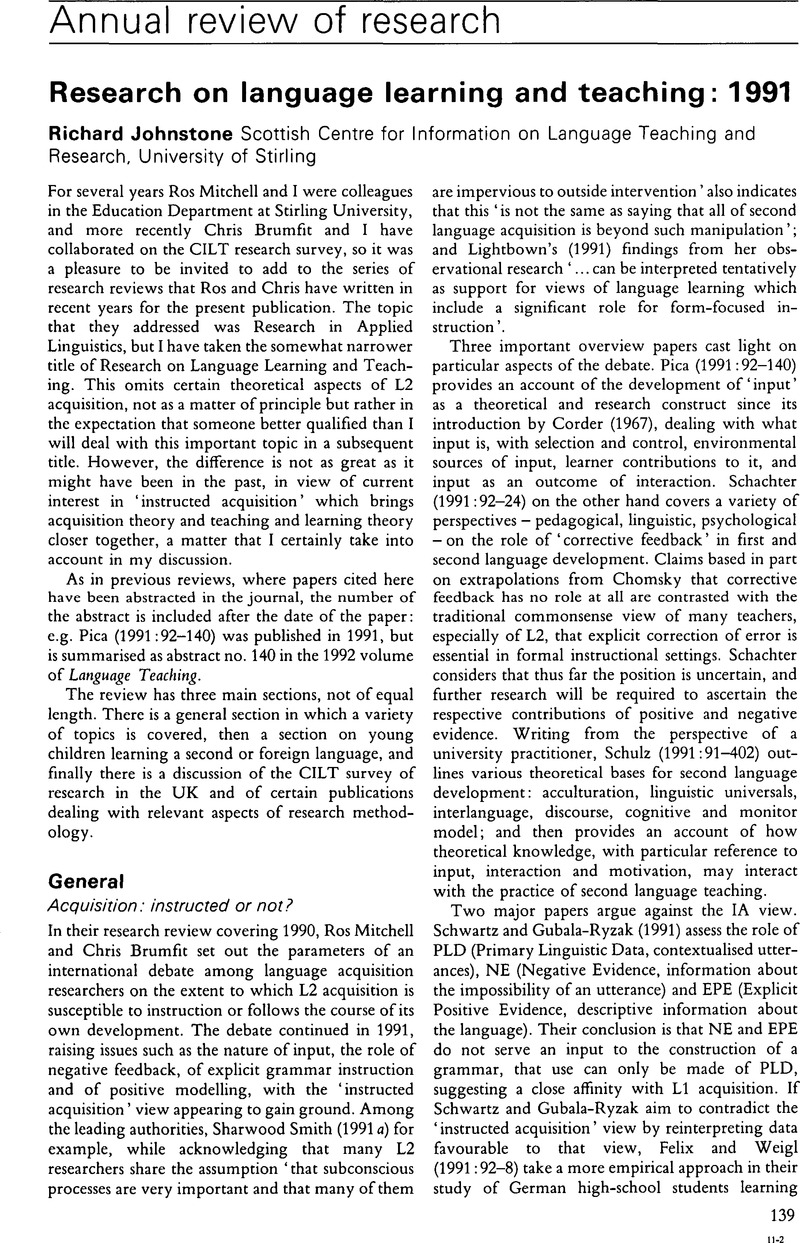Crossref Citations
This article has been cited by the following publications. This list is generated based on data provided by Crossref.
Kyriacou, Chris
Peck, Antony
and
Rix, David
1993.
Students’ experience of a PGCE course for EC nationals training to teach their native language as a foreign language in British schools.
Evaluation & Research in Education,
Vol. 7,
Issue. 3,
p.
133.
Goodfellow, Robin
and
Metcalfe, Peter
1997.
The challenge – back to basics or brave new world?.
ReCALL,
Vol. 9,
Issue. 2,
p.
4.



